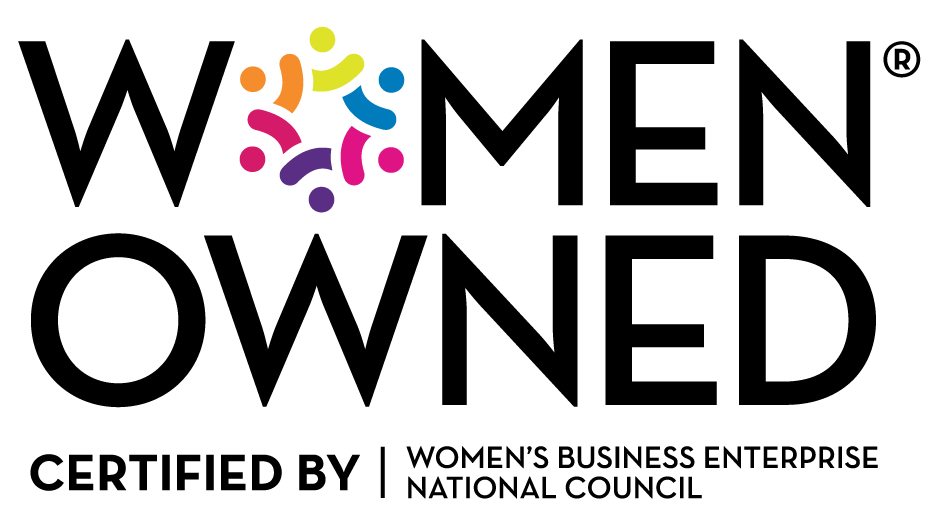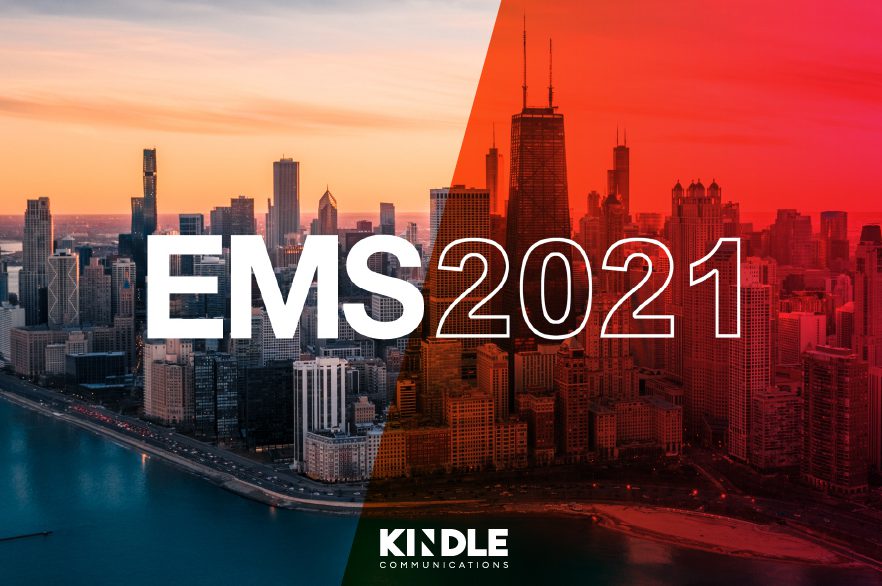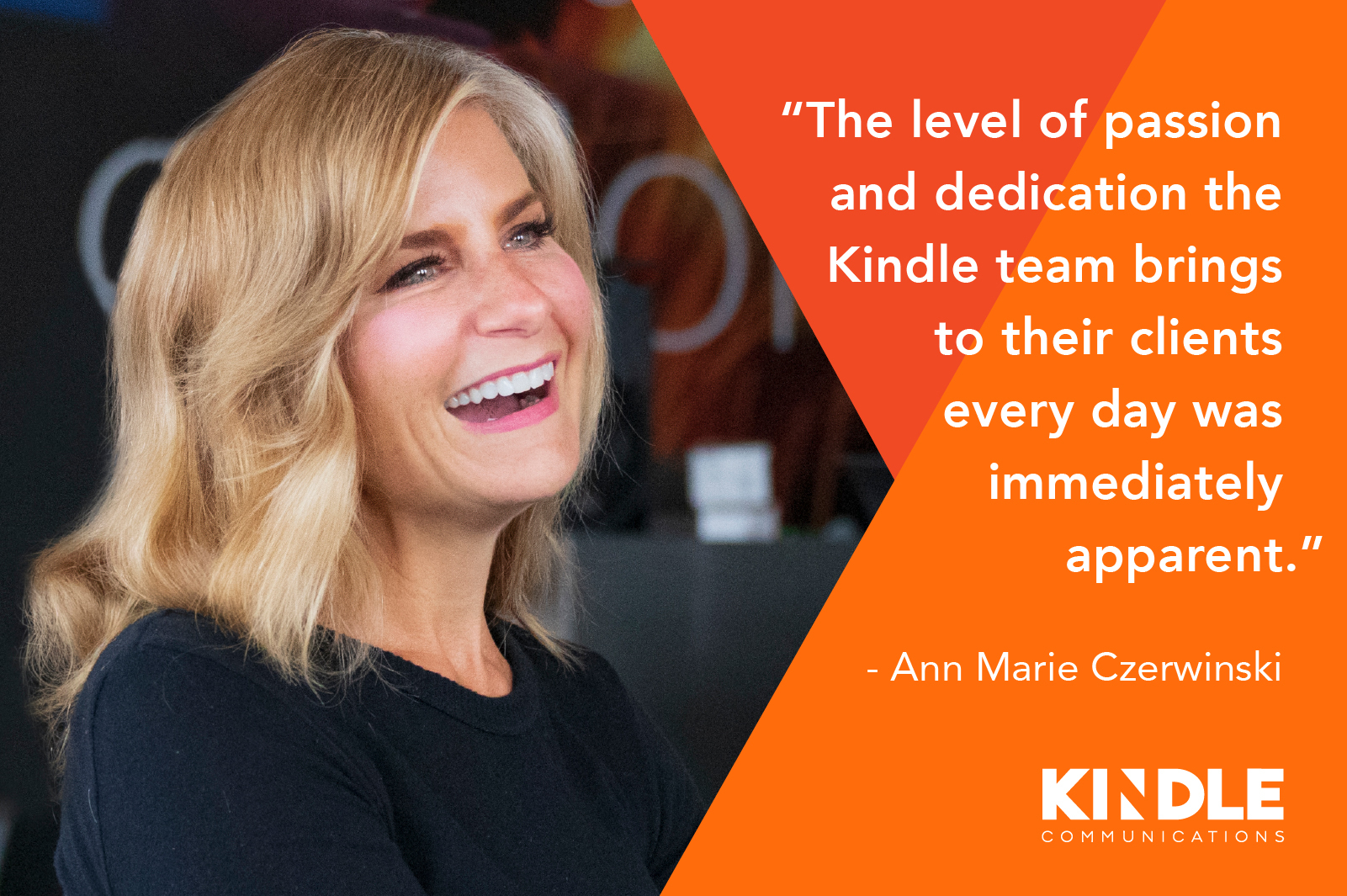How to Craft a Memorable, Effective Speech

In virtually every business venture, there comes a point when a truly great speech can mean the difference between success and failure. Whether you’re pitching to investors, speaking before the board, vying for a new position, or running an important meeting, your delivery should be honed to perfection.
Research shows that people who fear public speaking earn roughly 10% less than the competition. Overcoming that fear is largely a matter of preparation, which means crafting a home run-hitting speech. With this in mind, let’s look at the five most essential questions to answer while crafting a great speech.
1. Who is the speaker?
Think through who you are and what drives you to speak. Start by talking through the topic at hand, either by yourself or with a teammate, and record it. Listen back to pinpoint not only what you say but how you say it. Pay attention to the main points you emphasize along with key pieces of language, humor, and insight you can use to engage the audience. A speaker’s unique perspective and expression is what makes a good speech.
2. What is your purpose?
To give an effective speech, it’s essential to understand your key objectives. To clarify your goals, ask yourself: What do I need my audience to understand or believe afterward? How do I want them to shift their perspective? More than anything, determine what action you want to inspire them to take after your speech.
3. What is the spine?
Next determine the spine: your speech’s central notion, the one essential message you want to send above all else. The big idea at the core of your message should not only be engaging, but should also be honed down to be memorable, repeatable, and tweetable.
4. Who is the audience?
Understanding what the audience needs to hear is essential to writing a great speech. Gather your team to discuss audience variables such as mood and agenda: What do your audience members most want to hear? Are they uncertain or optimistic about the future? Will a simple, conversational chat or a polished presentation best inspire them? These insights should be incorporated into your final presentation.
5. What is your story?
If the spine is the medicine, the story is the sugar that sweetens the swallow. The story is an anecdote or personal experience that brings to life your key message. It should illustrate how you navigated a challenge or significant change, successfully or not. Sharing your experience builds your personal connection with the audience and boosts the credibility behind your message.
Tips for Effective Speech Delivery
After considering these key elements, it’s time to forge your findings into a draft. This draft should incorporate your authentic voice and cadence so that your delivery feels natural and real. Once the speech is drafted, practice it aloud and make any adjustments needed to polish the language, tone, and messaging.
In the end, a successful speech is all about putting the audience first. When you understand your intention and the audience’s needs, you can leave your listeners with a message that will empower them into action.














